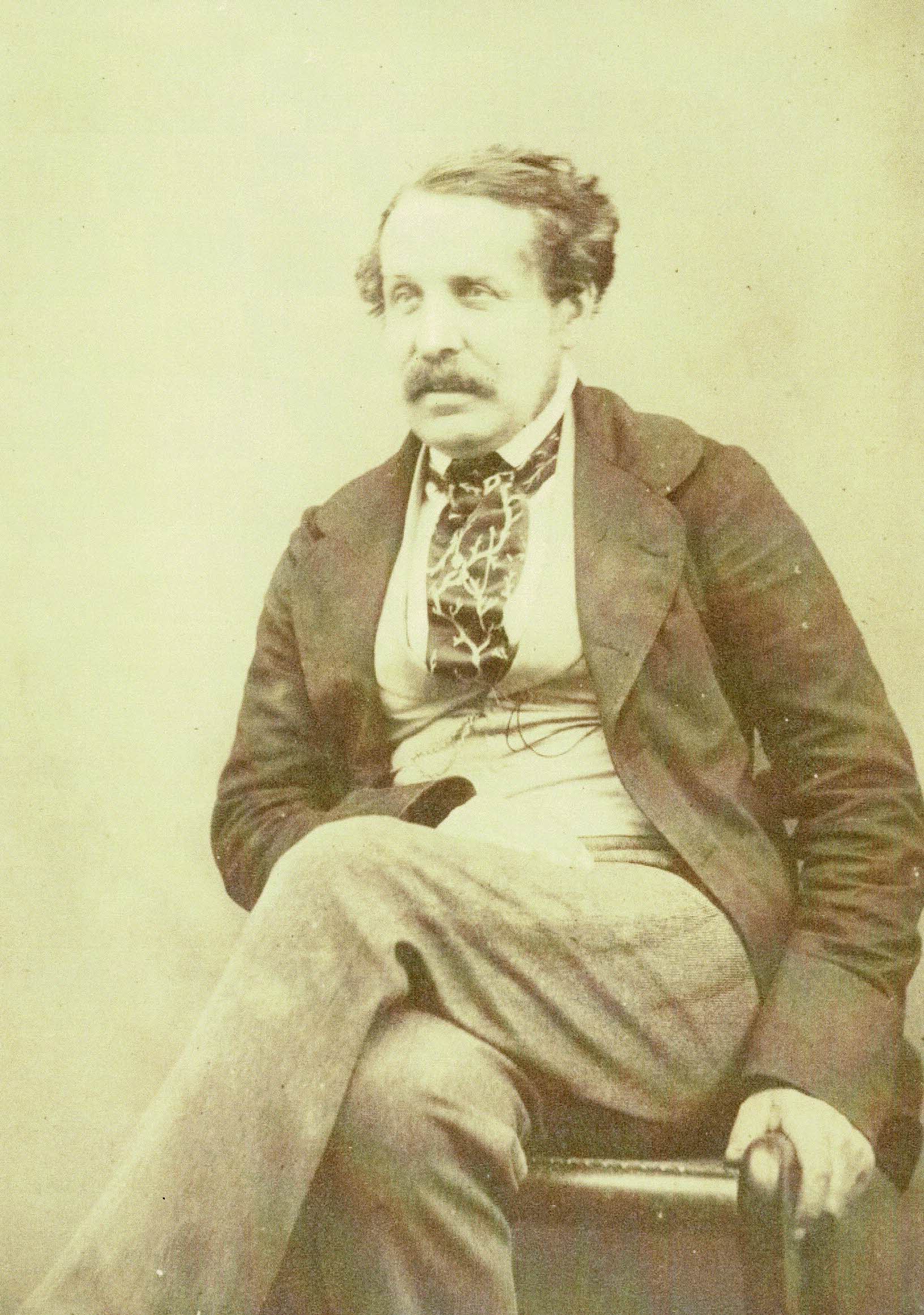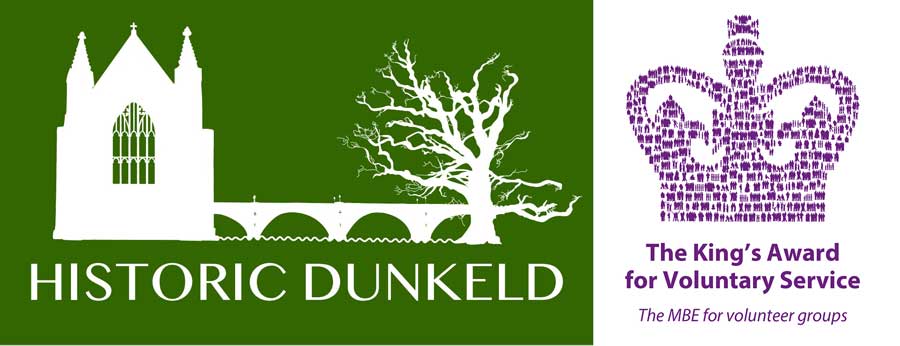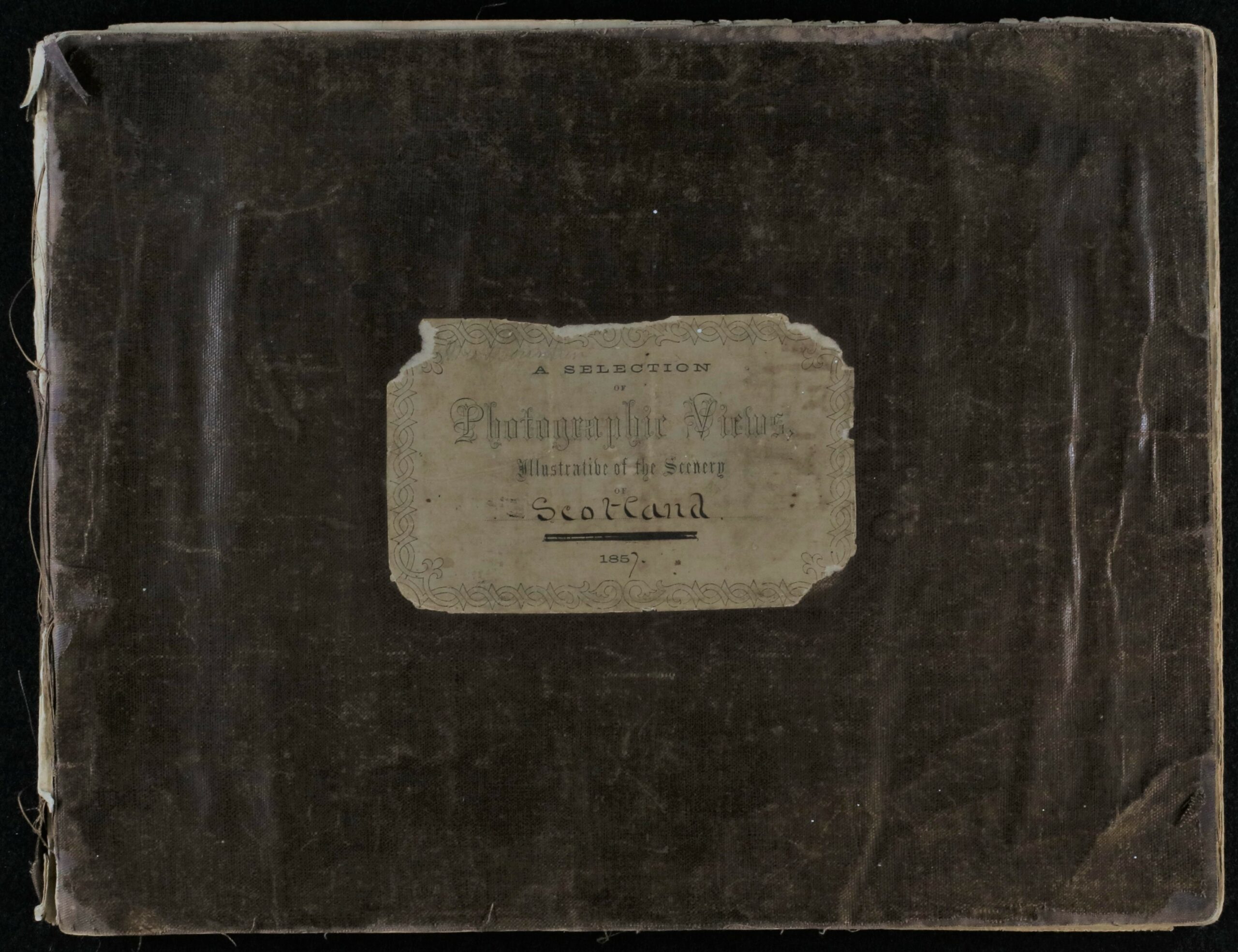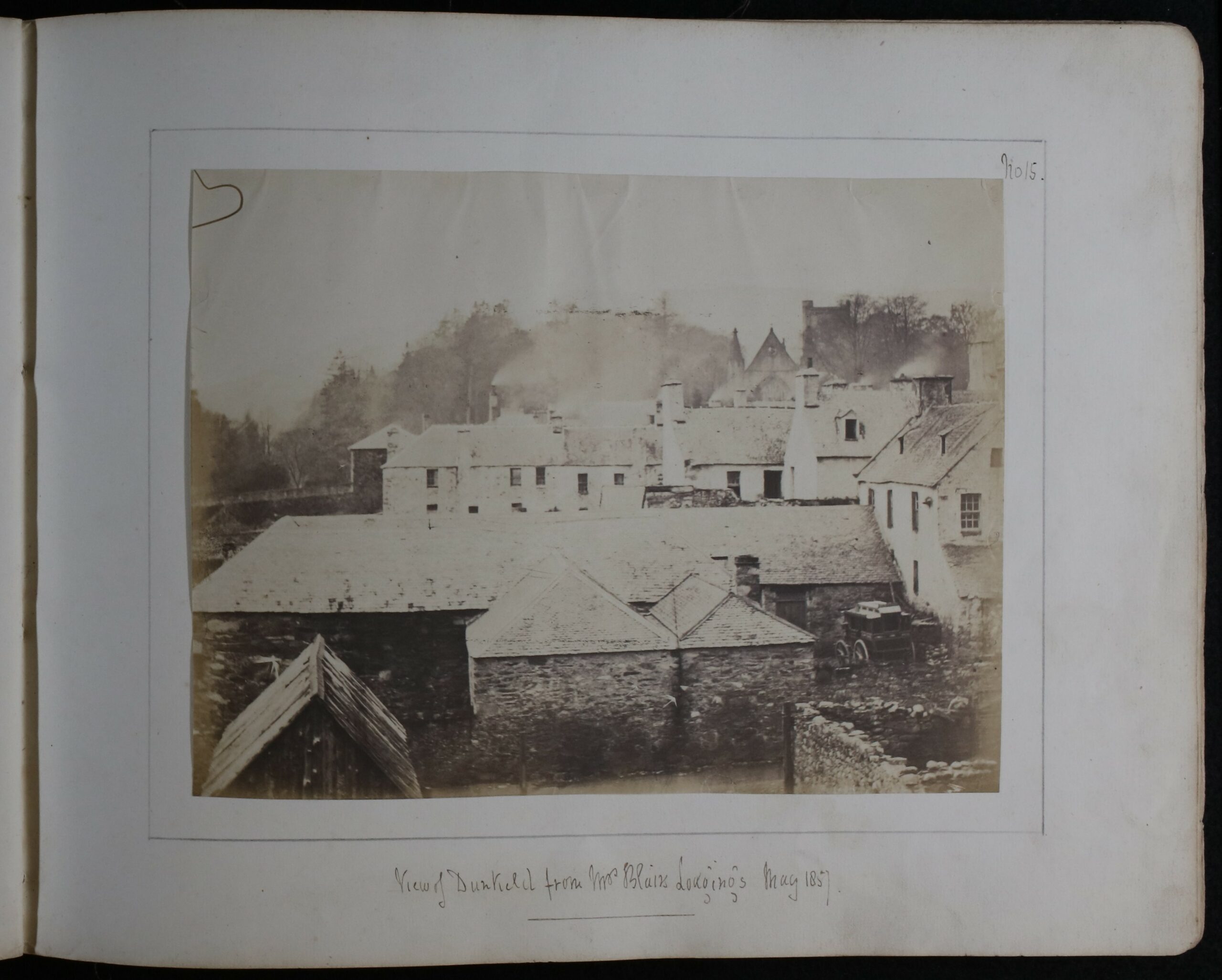Photography – Then and Now
Photography can be used as phenomenology which is the study of experience from the first-person point of view. It is an increasingly popular field of study within archaeology.
The shared experiences and memories of different groups can be linked via photography, as it gives a means for individuals to create a tangible link to the past in order to link to their culture and heritage.

Dunkeld Bridge photographed by P. Buxton around 1995. The Bridge was completed by Thomas Telford in 1809 and still looks much the same in 2024!
Dunkeld is an ancient town, remnants of the past can be seen nearly everywhere in the village, from the Pictish settlement atop King’s seat to the Thomas Telford Bridge which connects the villages of Birnam and Inver to Dunkeld itself over the vast River Tay.
Etchings, painting an photographs can be used as a way to connect ourselves to these past histories as they provide a tangible connection to our ancestors through a shared view and experience of these landmarks, either natural or man made in origin.
Our exhibition focuses on an album named Doctor John Wheely Gough Gutch, the album was sent to our archive after being found in a charity Shop in Yorkshire.
The album contains a variety of images from Scotland taken in may 1857 as a Salt print image using a Frederick Archer Calotype Camera. These pictures were a part of a hand created photographic album documenting Dr Gutch’s holiday to Scotland. there are a variety of sights included in this album but, the primary focus seems to have been on Dunkeld!

Dr John Wheely Gough Gutch
The age of these photographs gives us a previosly unseen insight to the history of Dunkeld over 150 years ago! A tourist hotspot for many, many years. A select number of these photos are included in our online exhibition. It is wonderful to see that many of the highlights of Dunkeld’s scenery are still avaliable to see today and can easily be seen and compared to the current images avaliable.
Flip through the album to see more!
The way we use camera from the beginning of photography has changed dramatically, from the complex chemical and experimental process during the Victorian era to the modern smart phone digitial photography, there has been a rapid and dramatic development in a relatively new process. It is said that more photographs are taken every two minutes now than there were in the entirety of the 1800’s!
This shows how easy it is now to simply “snap” a photograph compared to the previous complex processes, the dawn of digital photography has truly brought photography to the masses as film photography had limitations regarding development processes after the image had been created where as a digital image can be seen and used straight away and reproduced as many times as you’d like without the need for a negative image to be produced.
The new developments in photography mean that new and interesting processes can be undertaken, 3D imaging and photogrammetry are rapidly increasing in popularity and can be used for a number of purposes including architecture, archaeology and heritage as the process can be used to create an exact 3D replica to preserve anything from entire landscapes to tiny individual landscapes! This means that items can be preserved in all their detail which can be highly useful within museums as delicate objects can be replicated for study without having to move the delicate artefacts and compromising their integrity. The availability of these images on online hosting sites and exhibitions mean that artefacts and landscapes can be seen without geographical barriers playing a part as well as the ability to zoom and interact with these items in individual ways meaning that museum exhibits which were so often behind glass can be seen by those who may face barriers to inclusion such as visual impairment. We have been using 3D images in our monthly online exhibitions since January 2023. A selection of those images created and how the process is undertaken can be seen below!
How to 3D image – a brief general guide.
- Pick an object suited to your theme or exhibition topic.
- Set up your photographic space, an area with a neutral background and even, diffused lighting is ideal for this set up.
2(a). The use of a photo cube (As seen in this exhibit) and a tripod can greatly improve the quality of your images which will in turn improve the finalised object.
- When photographing a small object, it can be beneficial to have it placed upon a small turntable as this allows the object to be moved on an axis in small rotations meaning that the cameras distance is not altered and the focal point of the image remains the same but, allows for the camera to adjust and adapt the calculations in order to process the object.
- When the object has been captured from all available sides and angles, the images may be uploaded into software for processing.
- The data from the capture process is used in the software calculations to create the 3D image as each picture is full of metadata from the point it was captured.
- The combination of the software, the image and the metadata combine after several levels of processing in order to create a visible 3D graphic which can be used in a variety of applications.
- The completed 3D graphic can then be uploaded to a hosting website such as Sketchfab and can then be inserted into online exhibitions or can be shared via social media or QR codes as part of an in person exhibition.


